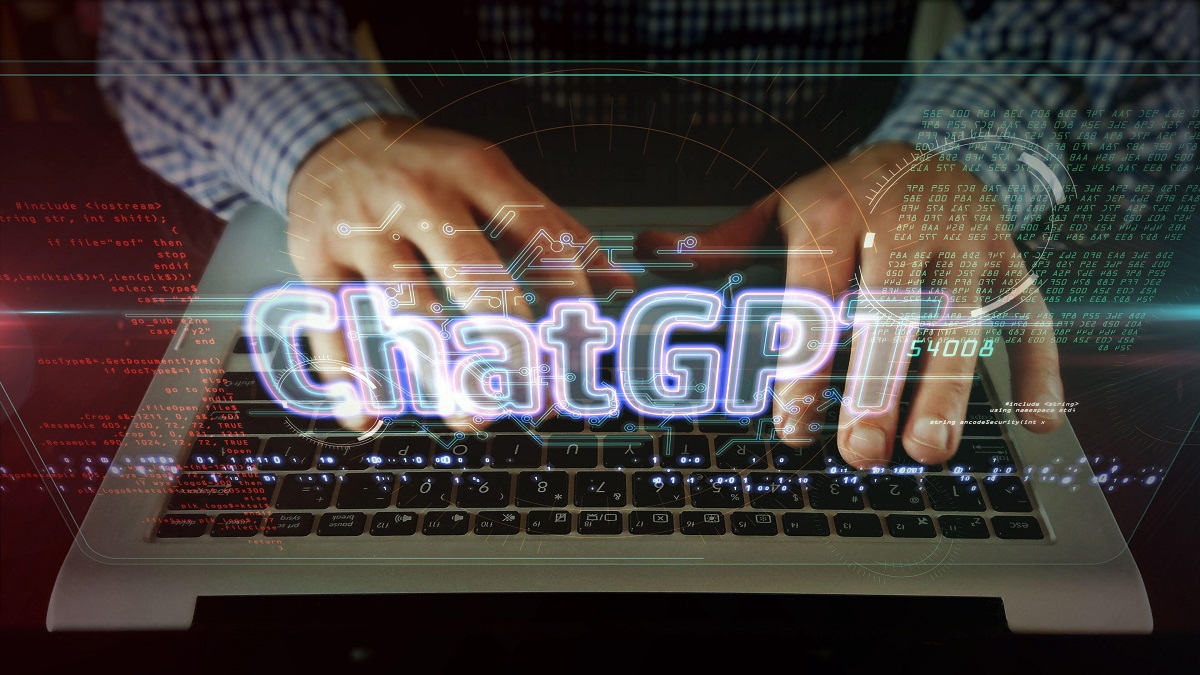As ChatGPT continues to make headlines, the debate over its role in cybersecurity remains heated. Some believe that artificial intelligence can help solve many cybersecurity challenges, while others believe that the increasing use of ChatGPT presents new and dangerous threats.
Many experts point out that while the technology behind ChatGPT is impressive, it also opens up new vulnerabilities for hackers. One of the most concerning risks is that ChatGPT could be used to guide a computer to look for information within images that humans cannot detect. For instance, reflection of passwords on glass or people who appear in photos can be detected by machines with the help of AI.
As ChatGPT adoption continues to rise, it’s essential that companies proceed with caution. There are three ways that hackers can use ChatGPT: mass phishing, reverse engineering, and smart malware. Each presents unique risks that companies must be aware of.
One of the greatest risks of ChatGPT is in mass phishing. The power of ChatGPT means that it can create personalized emails to a list of people far more quickly than was previously possible. This can include using its knowledge to impersonate both security and non-security experts, making it even easier to gain access to potentially sensitive information.
To combat this threat, business leaders must focus on educating employees on the security implications of ChatGPT and how to spot potential attacks. Employees should be particularly critical of text, never assuming that something is coming from an authentic source. Instead of blindly trusting text, employees should put their trust in other mechanisms, such as ensuring an email or code came from the company server or checking whether it includes the proper signature.
Reverse engineering is another area where ChatGPT can be used. ChatGPT is excellent at understanding code, even machine code. This means that hackers can use it to explain how software works and how to manipulate it. This used to be a rare and highly-skilled area, something that only nation-states were capable of doing. However, the increasing use of ChatGPT means that even basic hackers can make use of this tactic.
Smart malware is also a serious concern when it comes to ChatGPT. ChatGPT can function as a mini-brain for malware, allowing it to make decisions and connect to data sources and extract data automatically. This makes it far more effective than traditional malware, and much harder to detect and remove.
Samsung has already fallen victim to cyberattacks using ChatGPT, and it’s likely that other companies will be targeted in the future. To mitigate this risk, companies must remain vigilant and train employees to understand the cybersecurity risks of ChatGPT. This includes ensuring privacy and security teams have the resources they need to prevent attacks.
Overall, the rise of ChatGPT presents new and dangerous risks to cybersecurity. While the technology may be impressive, it also puts companies at risk of attacks from hackers. Business leaders must remain vigilant and invest in appropriate resources to mitigate this risk, including educating employees and investing in dedicated cybersecurity measures. As ChatGPT continues to evolve, it’s essential that businesses adapt their approach to cybersecurity to remain one step ahead of potential threats.
